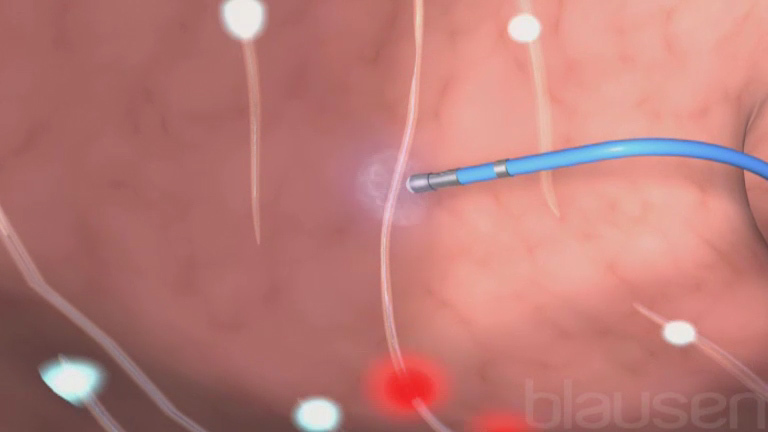- Muhtasari wa Mapigo ya Moyo Yasiyo ya Kawaida
- Dawa za Kutibu Mapigo ya Moyo Yasiyo ya Kawaida
- Vidhibiti Bandia vya Mapigo ya Moyo
- Kurekebisha mapigo ya moyo-Kwa mshtuo wa umeme
- Defaibrileta ya moyo yenye kupandikizwa (ICD)
- Kuharibu Tishu za Moyo Zisizo za Kawaida (Uondoaji wa tishu)
- Mapigo ya Moyo Yasiyo ya Kawaida Kwenya Atiria na Atiria Kudunda kwa Haraka
- Kasoro kwenye ukuta wa sehemu za juu za moyo
- Matatizo ya mishipa ya moyo
- Takakadia ya Ventrikali ya Torsades de Pointes
- Ugonjwa wa Kipindi wa Muda mrefu wa QT
- Mshtuko wa Takadia ya Ventrikali ya Juu ya Moyo (SVT, PSVT)
- Utendaji kazi mbaya wa kifundo cha sinasi
- Mizio ya Kizunguzungu
- Mapigo ya Moyo ya Kabla ya Wakati katika Ventrikali
- Takakadia ya Ventrikali
- Ugonjwa wa Wolff-Parkinson-White (WPW)
- Magonjwa ya Moyo yanayosababisha Kutofuatana kwa Mshipa
- Muhtasari wa Kizuizi cha Moyo
- Kizuizi cha Atrioventricular
- Kizuizi Tawi la Mishipa ya Moyo
Nyenzo za Mada
There are many causes of abnormal heart rhythms (arrhythmias). Some arrhythmias are harmless and do not need treatment. Sometimes arrhythmias stop on their own or with changes in lifestyle, such as avoiding alcohol, caffeine (in beverages and foods), and smoking. Other arrhythmias are dangerous or bothersome enough to need treatment. Ablation is one type of treatment. Other treatments for arrhythmias include insertion of a pacemaker or an implantable cardioverter-defibrillator (ICD), cardioversion-defibrillation, or use of antiarrhythmic medications.
Certain types of arrhythmias are due to a localized abnormal area in the heart’s electrical system. Destroying or removing that area (ablation) can sometimes eliminate the arrhythmia.
Most often, the abnormal area is destroyed by radiofrequency ablation. Radiofrequency ablation delivers energy of a specific frequency through a catheter with a tiny electrode at its tip that is inserted into the heart. Ablation may also be done by freezing tissue (called cryoablation), by destroying tissue with a laser (laser ablation), or by applying short bursts of high voltage electrical energy (called pulsed electrical field ablation).
Less commonly, the area is destroyed or removed during open heart surgery. Sometimes surgery is needed because catheter-based ablation was not effective. Other times, surgery is used because people are having heart surgery for another reason, such as to replace a heart valve.
Before ablation can be done, doctors do electrophysiologic testing to identify the precise area that needs to be destroyed or removed.
The success of ablation is different for different arrhythmias, ranging from 60 to 80% for more difficult arrhythmias (atrial fibrillation, atrial tachycardia, and ventricular tachycardia) to 90 to 95% for more responsive arrhythmias (supraventricular tachycardias). The procedure takes several hours, and the person is often able to go home the same day.

